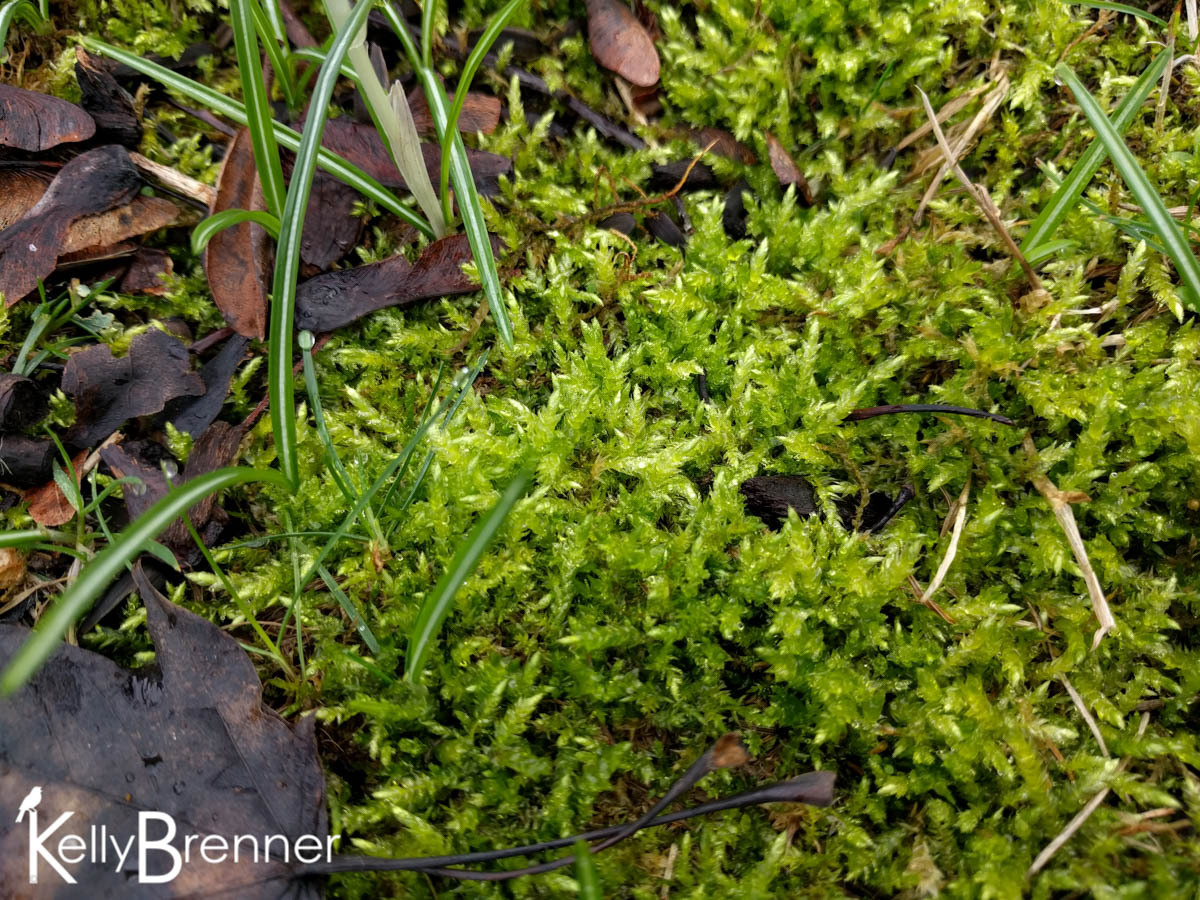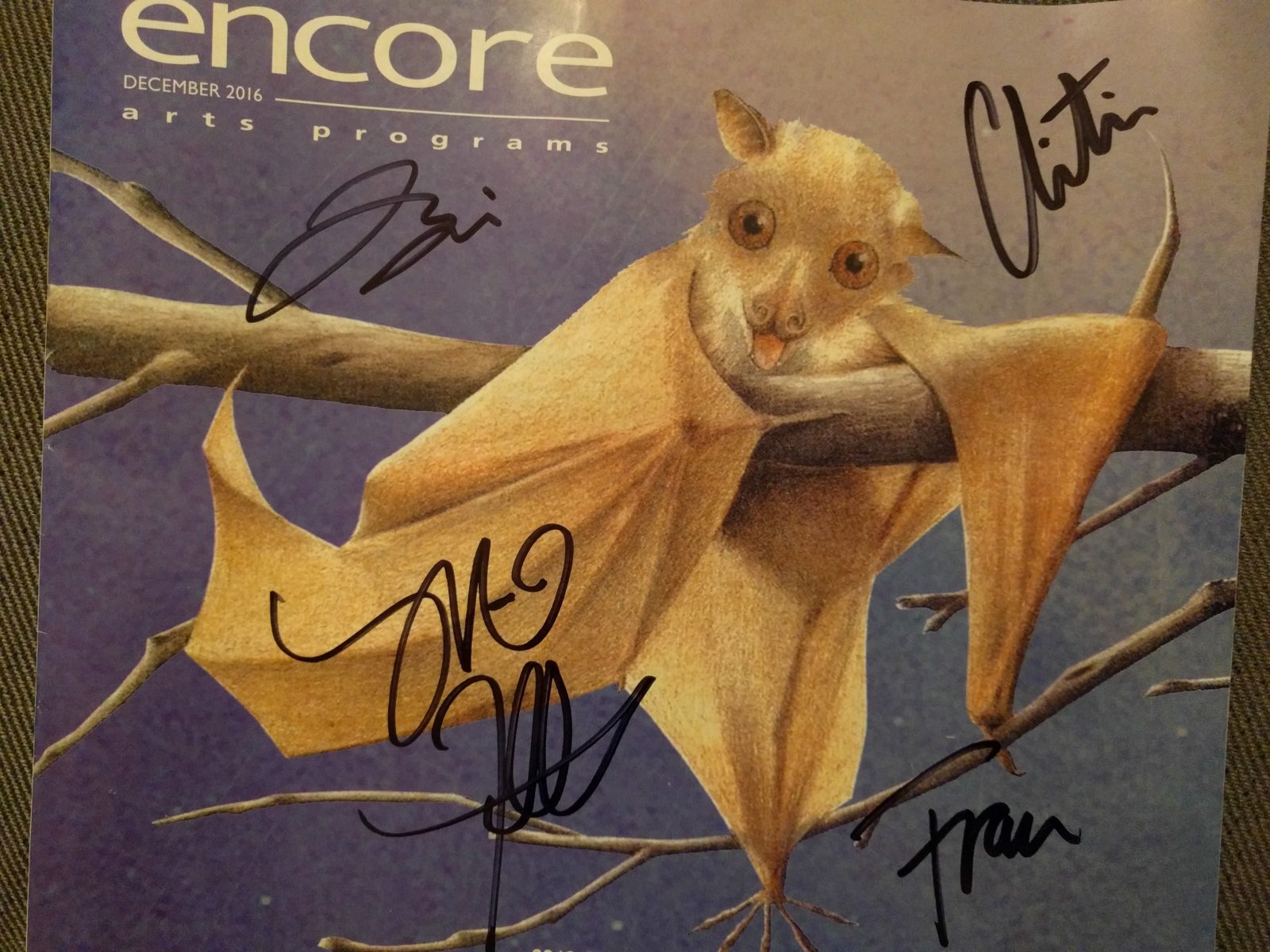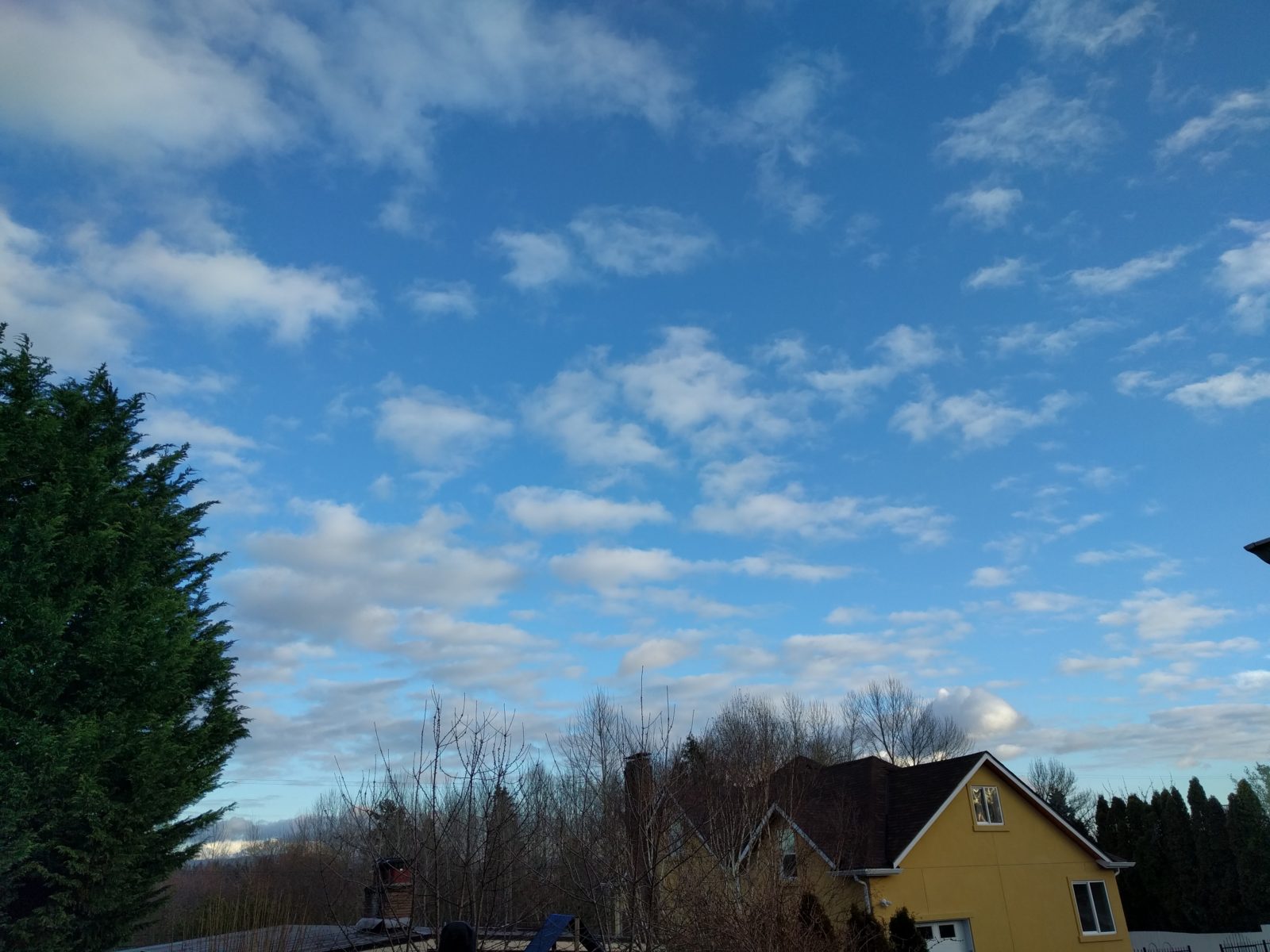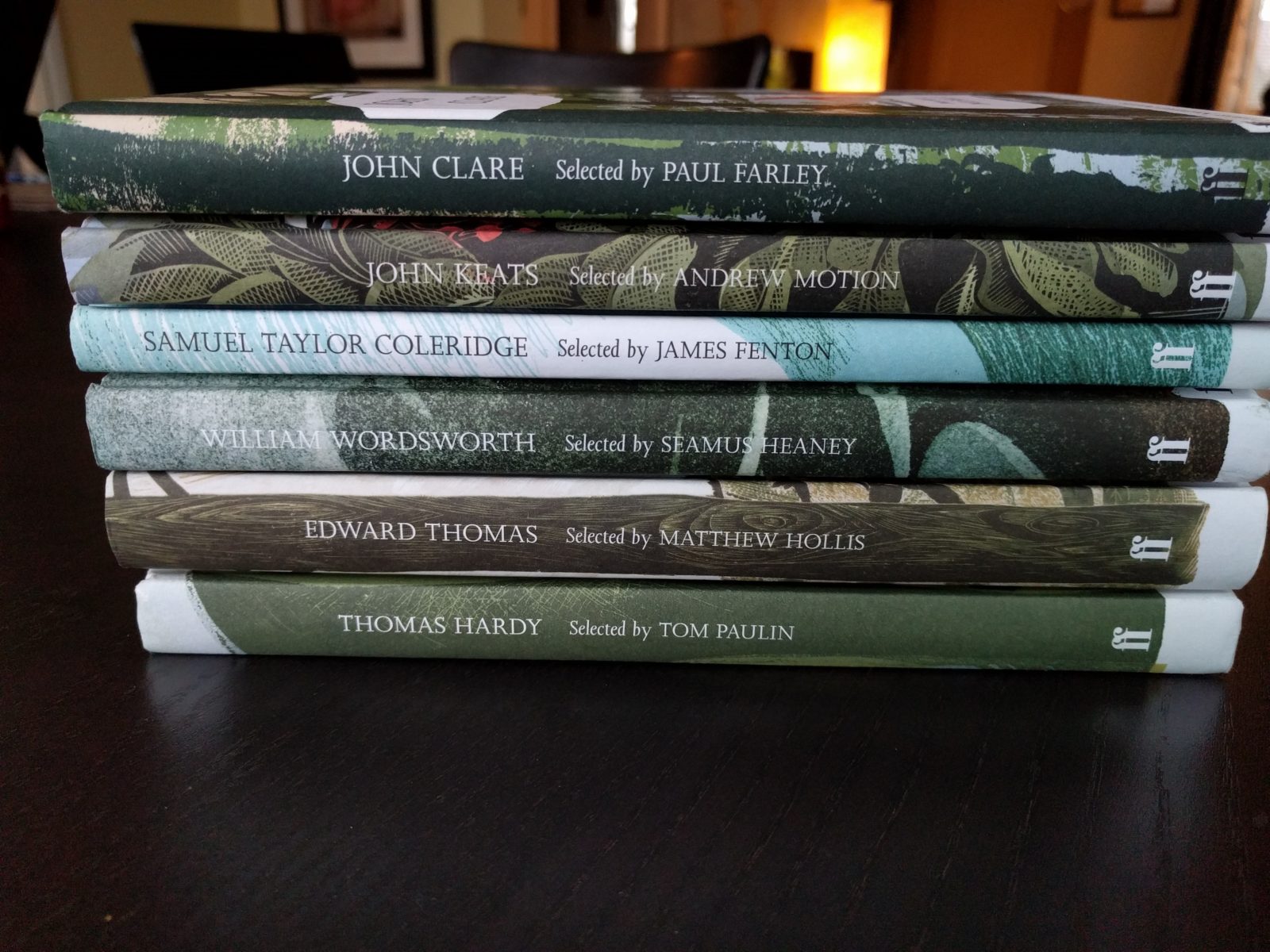In 2016 I’m doing a 365 Nature project. Each day of the year I will post something here about nature. It may be any format, a photo, video, audio, sketch or entry from my nature journal. It could be a written piece. Each day I will connect to nature in some way and share it here by the end of that day. You can keep up-to-date by subscribing to the RSS feed or be notified by email. See all the 365 Nature posts.
When we moved into our house the front yard was mostly lawn under a maple tree. I’ve written about our efforts to be rid of the grass and adding more native and wildlife plants. The only changes I’ve made to the front yard has been adding a couple of flower beds, but the yard continues to change on its own, and not in an unpleasant way. During our first spring here we had a few purple crocus surprise us by popping up through the lawn, and since then they’ve been constantly marching across the yard. This year they have turned a corner of our yard purple and it’s been wonderful to find them coming up in the sidewalk cracks and against the house. At the same time, at perhaps a slower rate, the moss has also started moving across the lawn. This is a perfectly happy occurrence for me as I can never understand that battle many people wage against moss. It’s beautiful, always green and doesn’t need to be mowed. It’s also soft to sit and walk on and the grass-like leaves of the crocus coming through it is picture-perfect. Moss is one organism I don’t know much about, but I just ordered Gathering Moss: A Natural and Cultural History of Mosses, by Robin Wall Kimmerer and I look forward to learning more.
I was unsure how much moss we originally had when we moved in and when I consulted photos I can’t find any sign of moss in the lawn at all. Left alone the moss continues to creep along and I’m perfectly happy about that. The moss provides habitat for animals as well and I’m always thrilled to know that under where I walk there may be tardigrades living in our moss. They’re also appropriately known as moss piglets. Tardigrades are miraculous little invertebrates who can survive in the most extreme conditions. And that is a serious understatement.
This is some of what they can survive, from the MLER website:
- temperatures as low as -200 °C (-328 °F) and as high as 151 °C (304 °F);
- freezing and/or thawing processes;
- lack of oxygen;
- lack of water;
- levels of X-ray radiation 1000x the lethal human dose;
- some noxious chemicals;
- low pressure of a vacuum;
- high pressure (up to 6x the pressure of the deepest part of the ocean).
Rather changes how you look at moss, doesn’t it?






